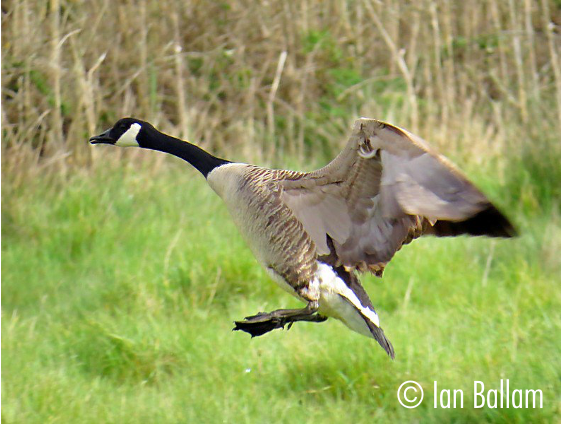You can view this information in two different ways. Our alphabetical list provides information on the status of each species within the harbour, finder dates and names, photos and favoured locations. By clicking on the Systematic List button you will be presented the full Poole Harbour systematic list which includes status of species, pending records and historical accounts.
To date, 333 species have occurred and have been accepted within the Birds of Poole Harbour boundaries. A further 11 distinct subspecies have also been seen. In addition, we have two species/subspecies which have been recorded, but are awaiting acceptance by the appropriate records panel.
There are a handful of historical records, for which there is currently insufficient information to allow their inclusion onto the Poole Harbour list, but are believed to be genuine records. They are listed at the end of the list.
Finally, there are a number of feral or escaped species that have been recorded within the Birds of Poole Harbour boundaries. They are included for completeness, but are not included on the Poole Harbour list.
We would be interested in hearing details of any species that do not appeared on this list.
The Birds of Poole Harbour systematic list is a PDF which you can view by clicking on the button below. It was last updated on December 2019.
Full Poole Harbour Systematic List
Branta canadensis
Resident
This regular breeding bird first turned up in 1954 when one was shot at Sandbanks on the 2nd October. In June 1957 ten pairs were introduced to Poole Park by wildfowlers, followed by more in 1959 and by 1960 there were around 70 in Poole harbour. Brownsea was the main breeding area with with 66 pairs in 2001 and 57 pairs in 2004. They also breed at Arne, Brands Bay, Green Island and Little Sea. Large numbers also congregate on the lawns of Poole Park where they are regarded by many as pests, chasing unsuspecting locals feeding the ducks. Occasionally they are cause of a council cull debate, normally in relation to the mess they make around Poole Park where they chase unsuspecting locals feeding the ducks and roost at night.
Large numbers feed on the fields along Ballard and they fly from Poole Park back and forth across the harbour mouth and along the coast. There were at 500 Ballard Down 16th Sept 1988. They also feed at Arne, Greenlands Farm, Middlebere and around the house at North Bestwall Park. Numbers normally peak in August when there is a large moulting flock around Swineham and Arne. In late 2019 a large group of 500+ visited Upton Country Park every morning, arriving in from an unknown roosting area north of the harbour. Shooting of Canada Geese still occurs in the harbour.

© 2025 Birds of Poole Harbour Registered Charity No. 1152615